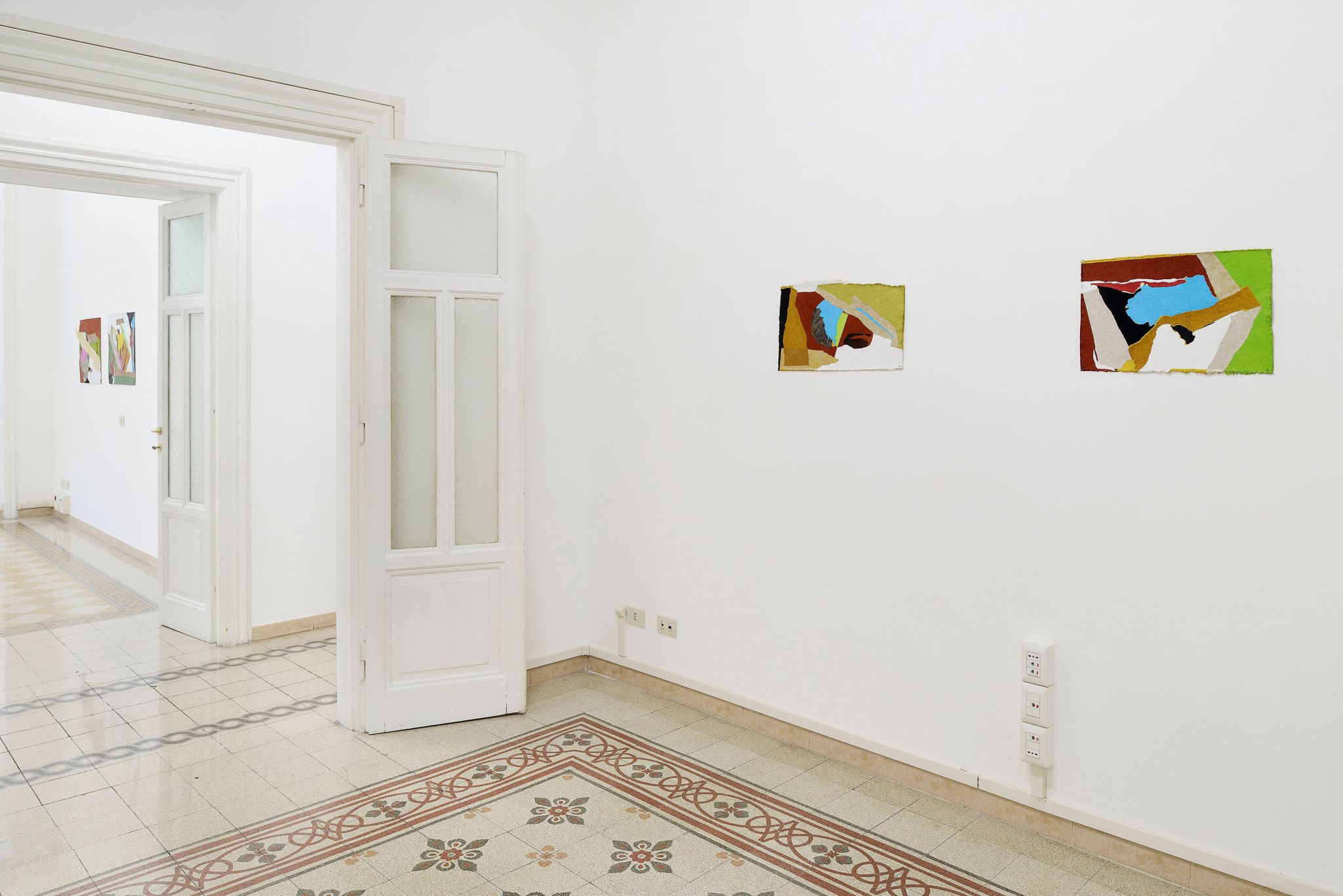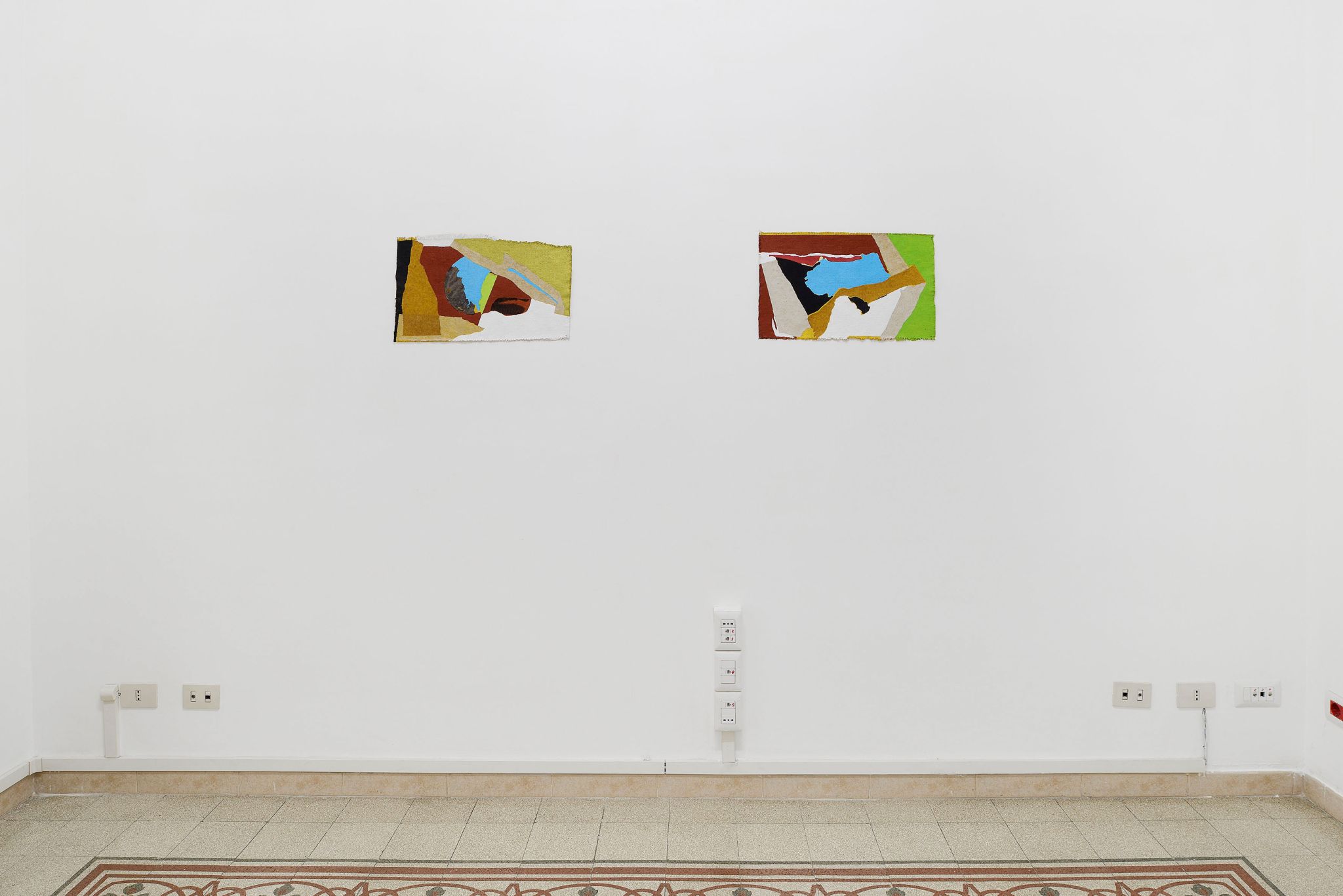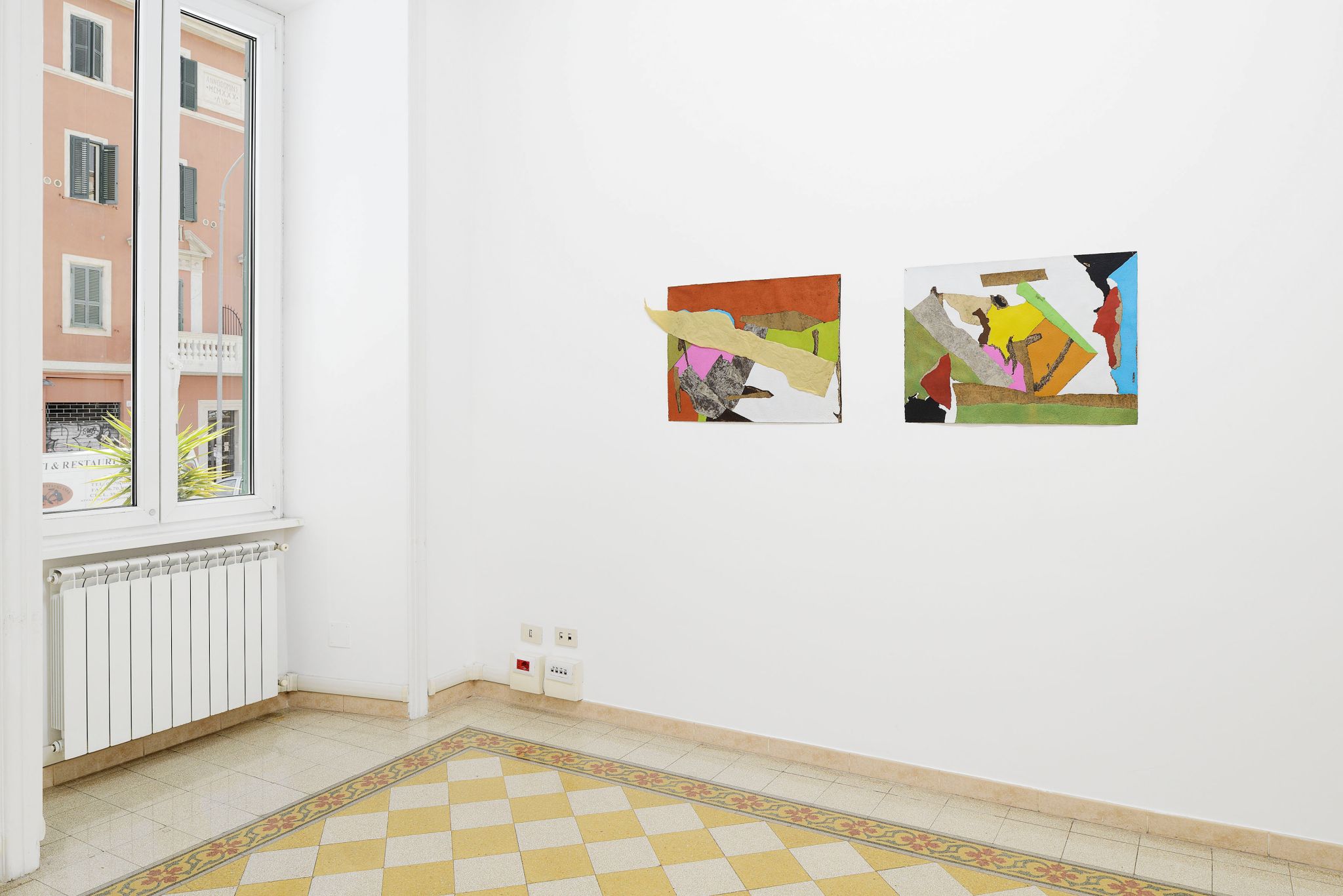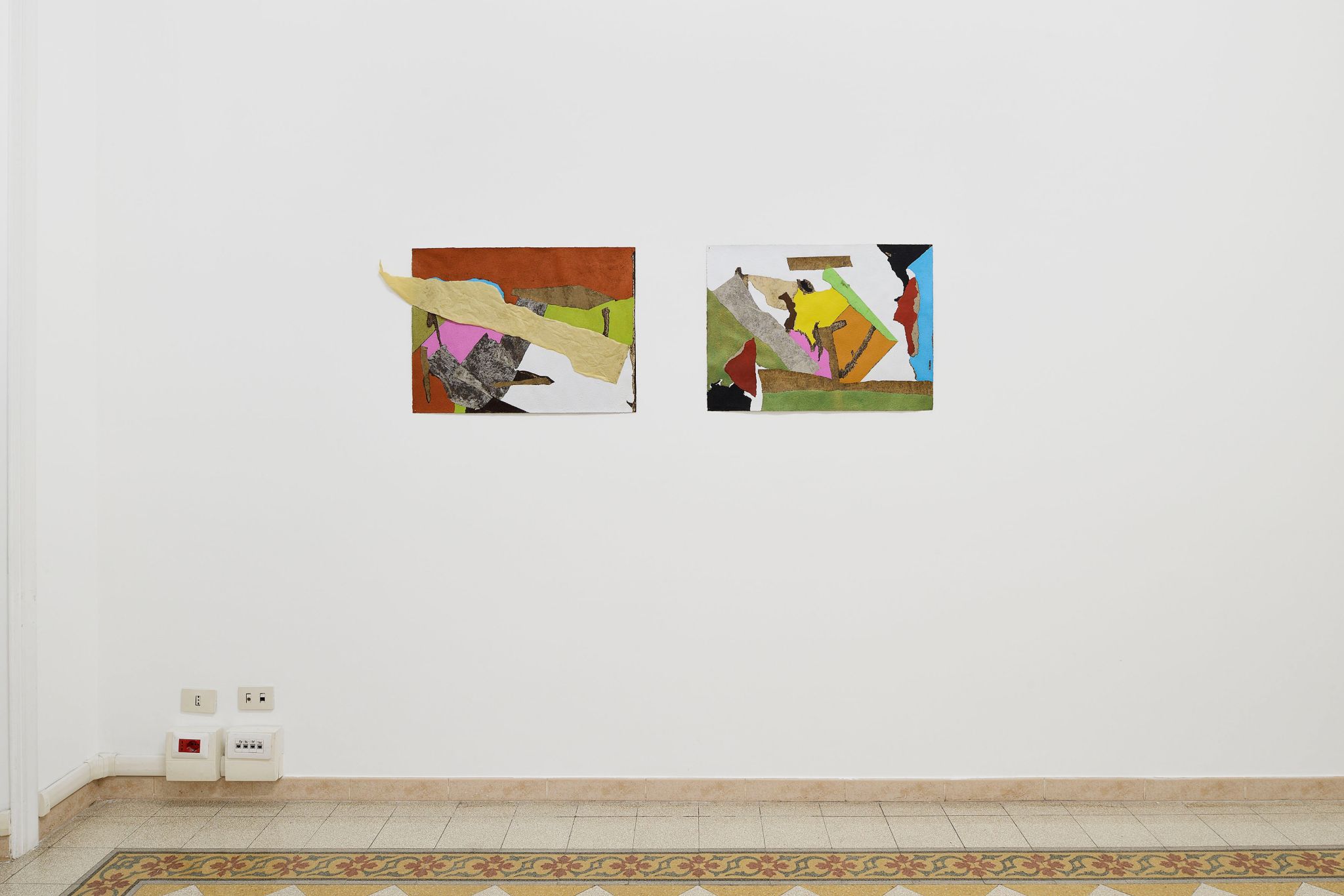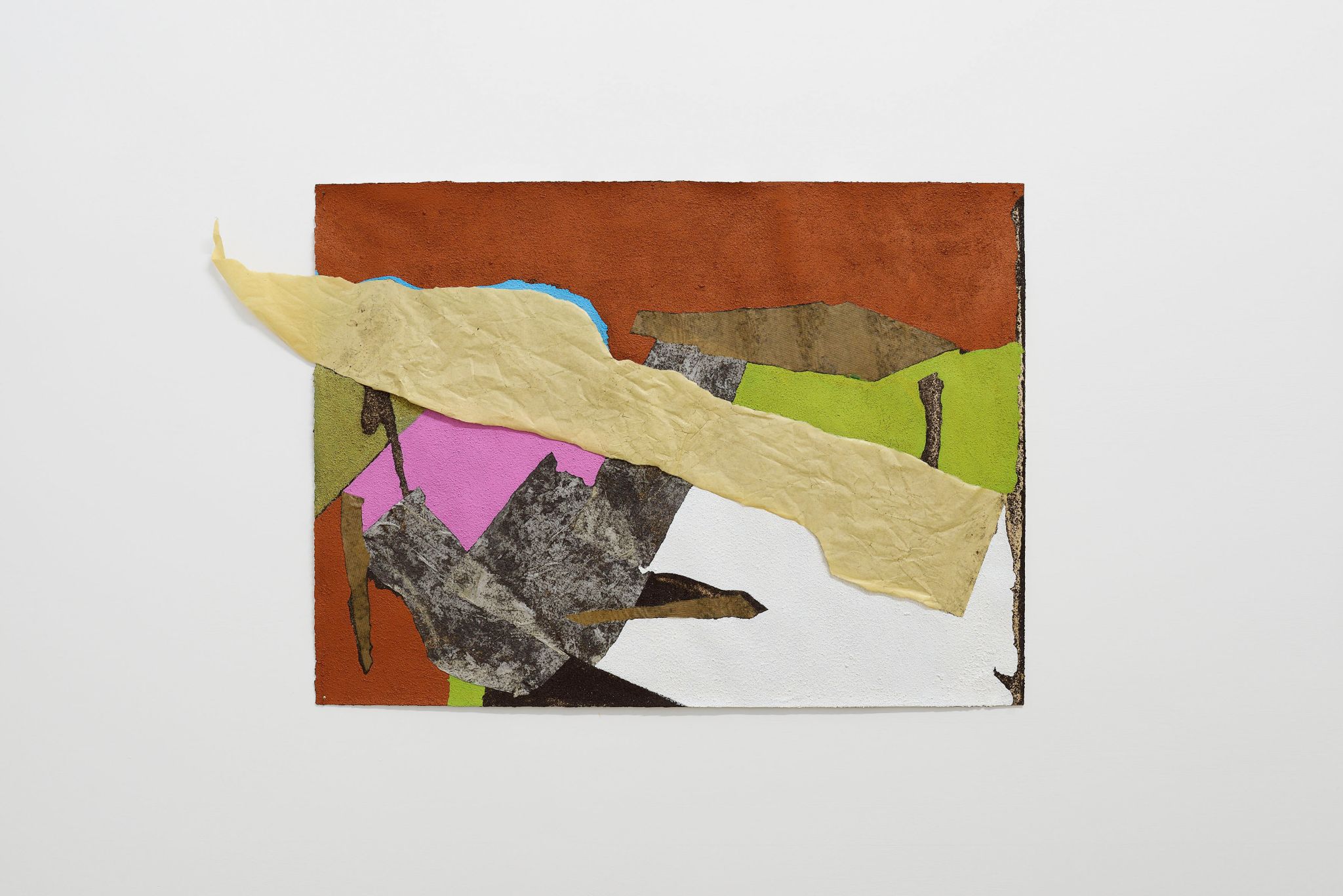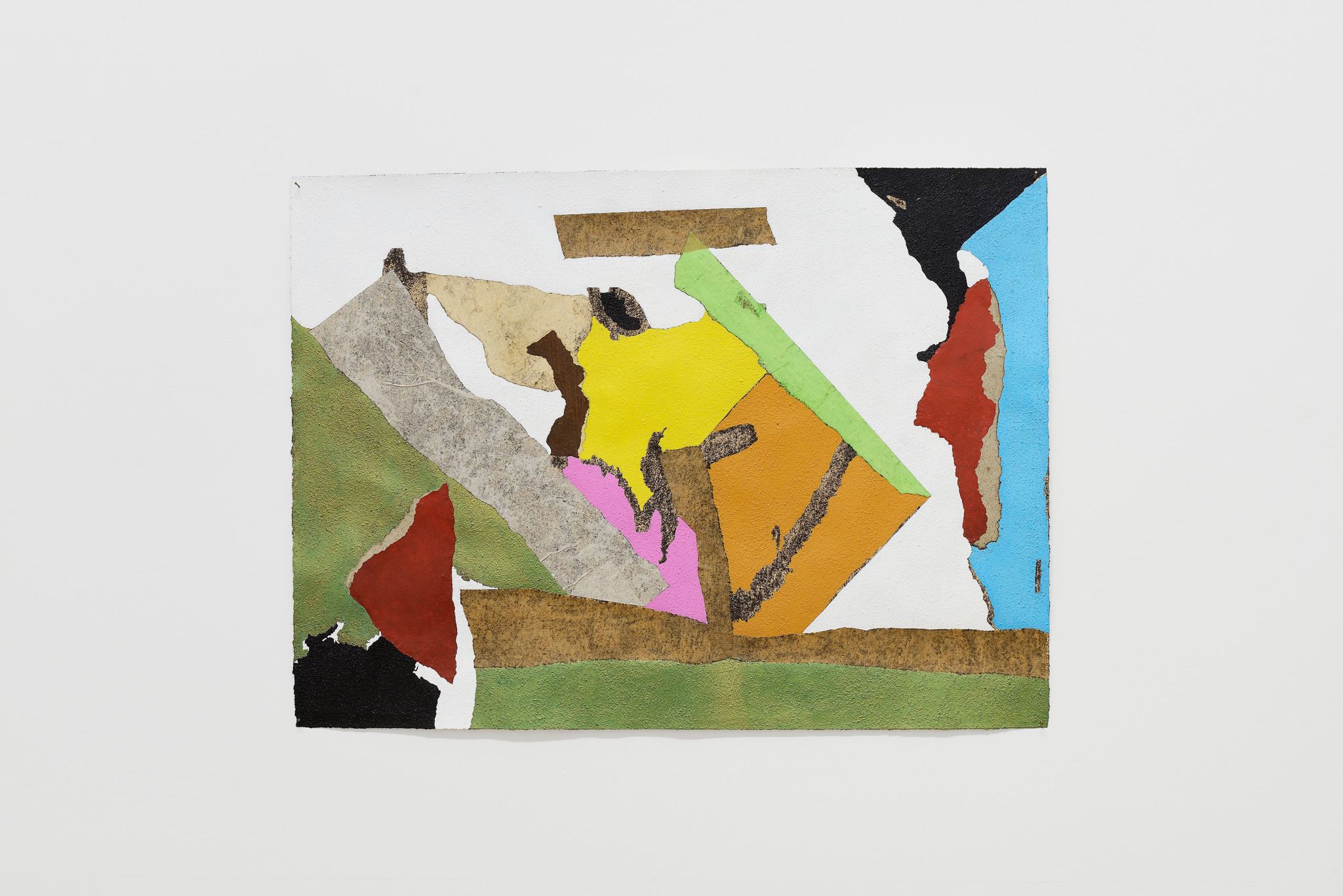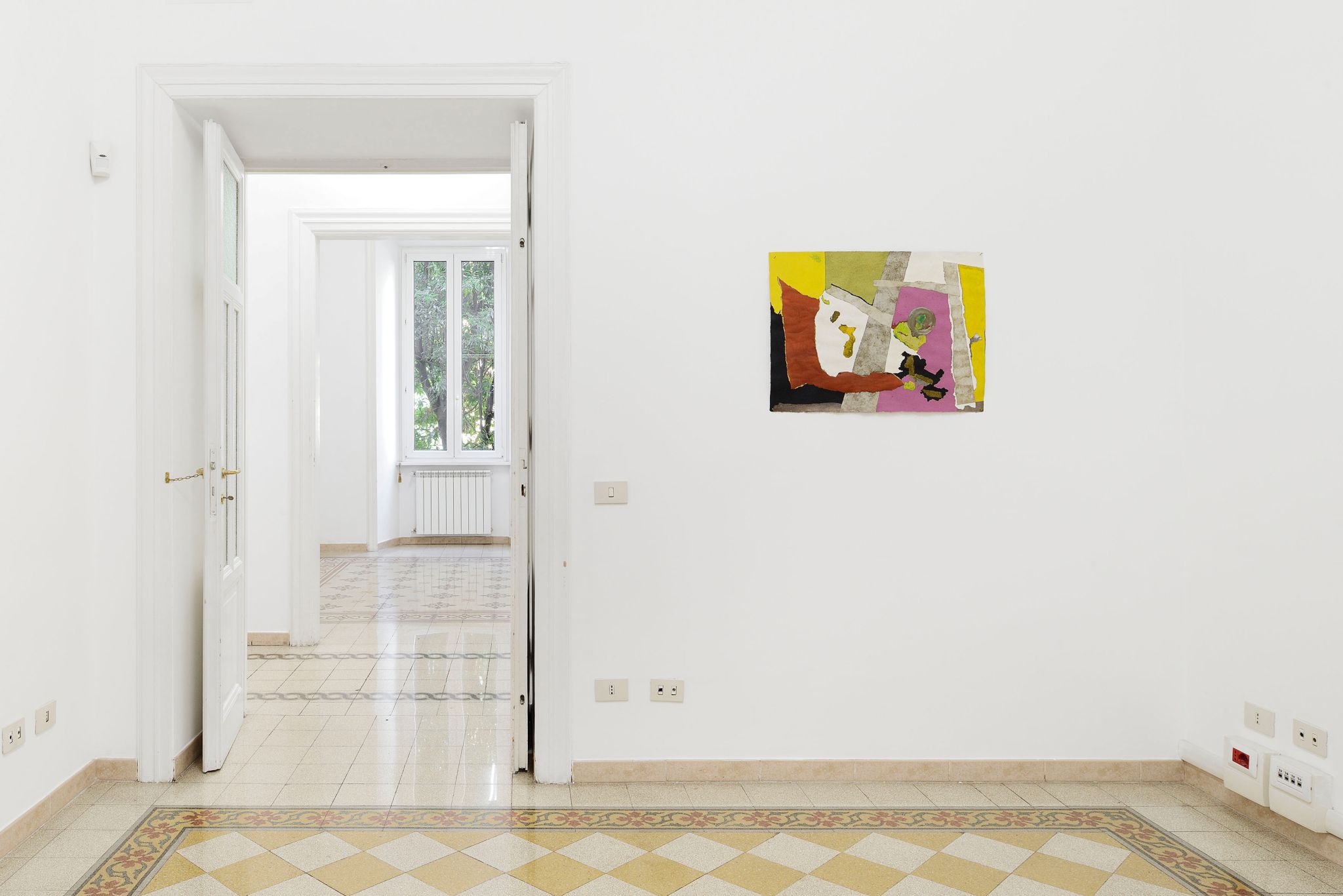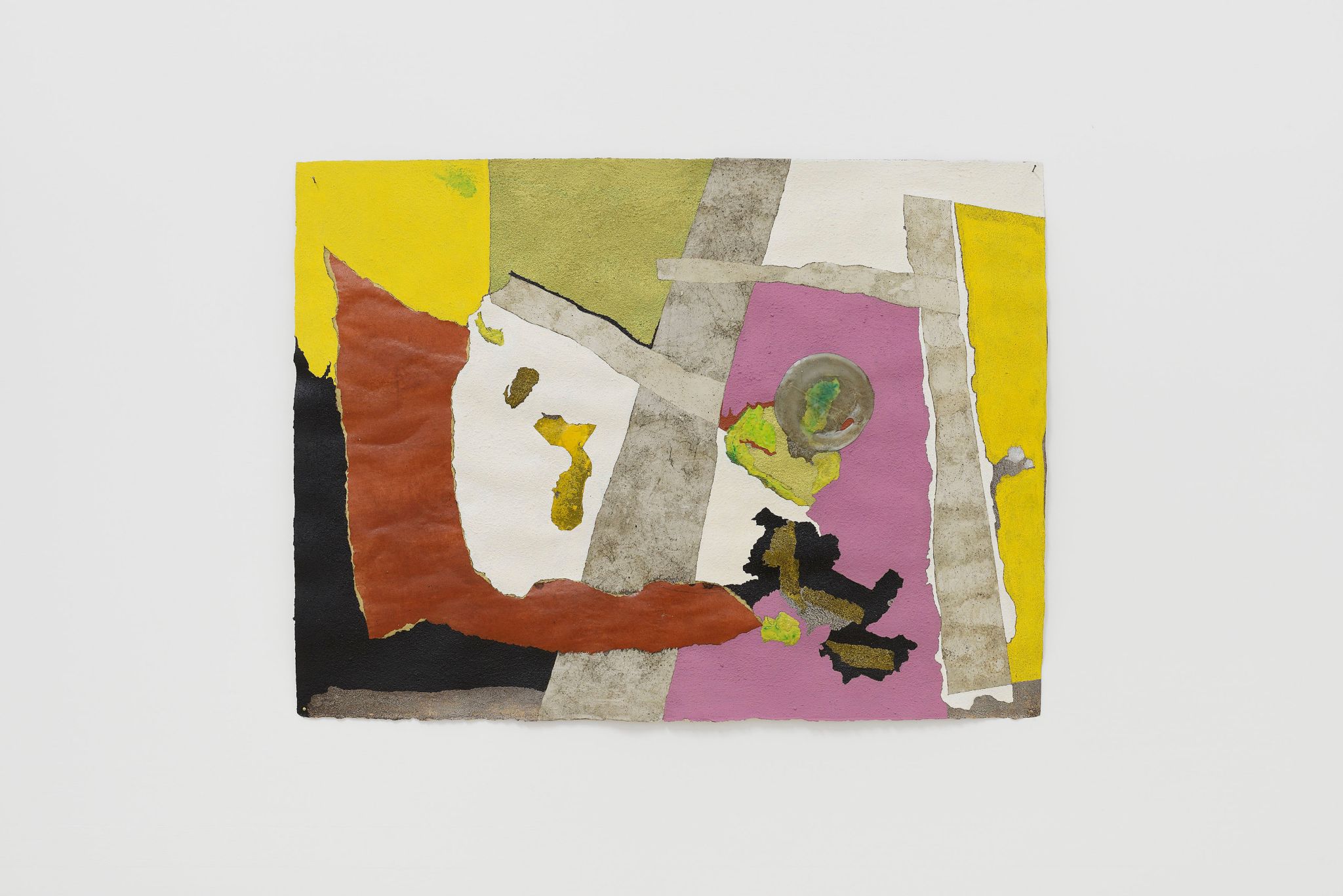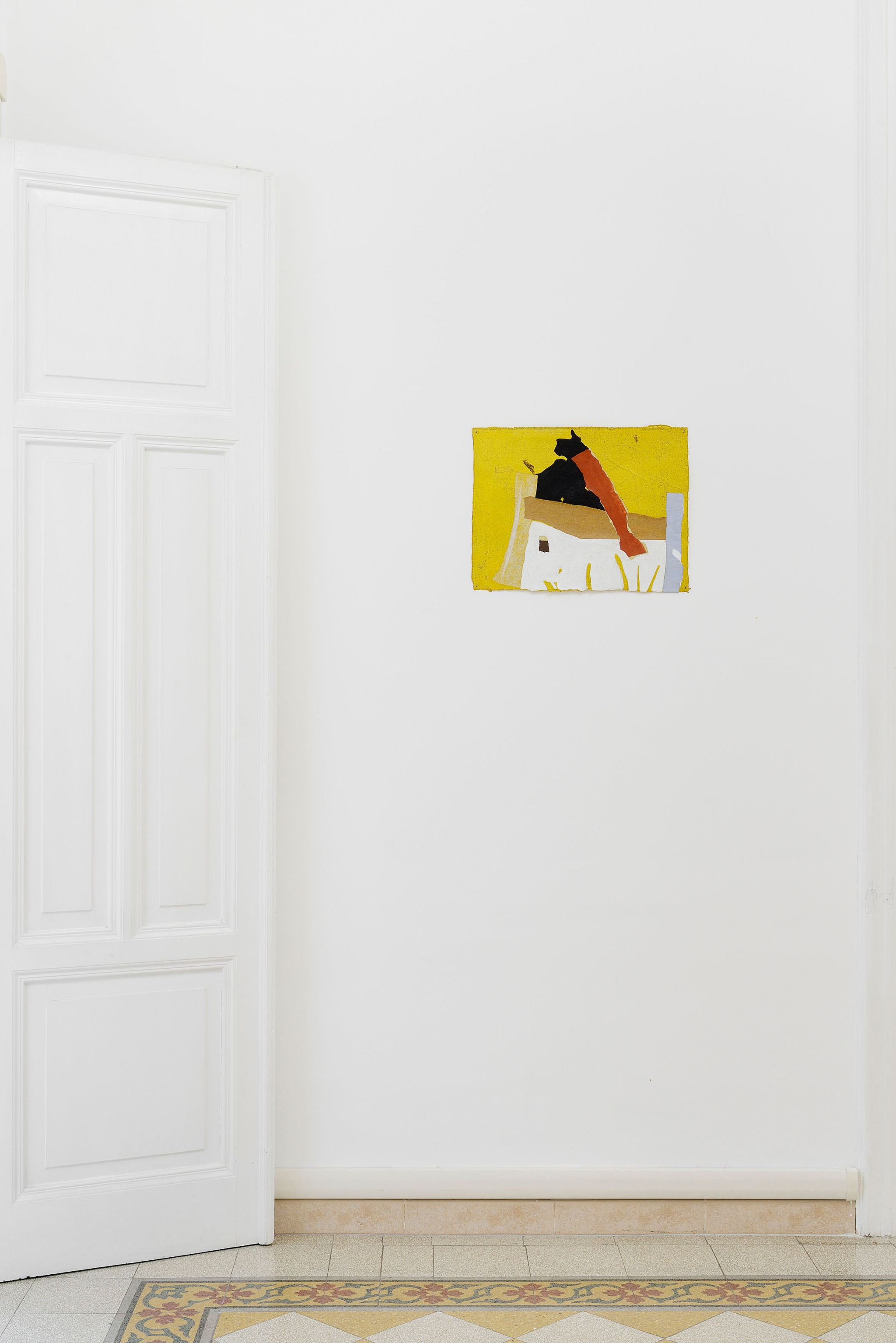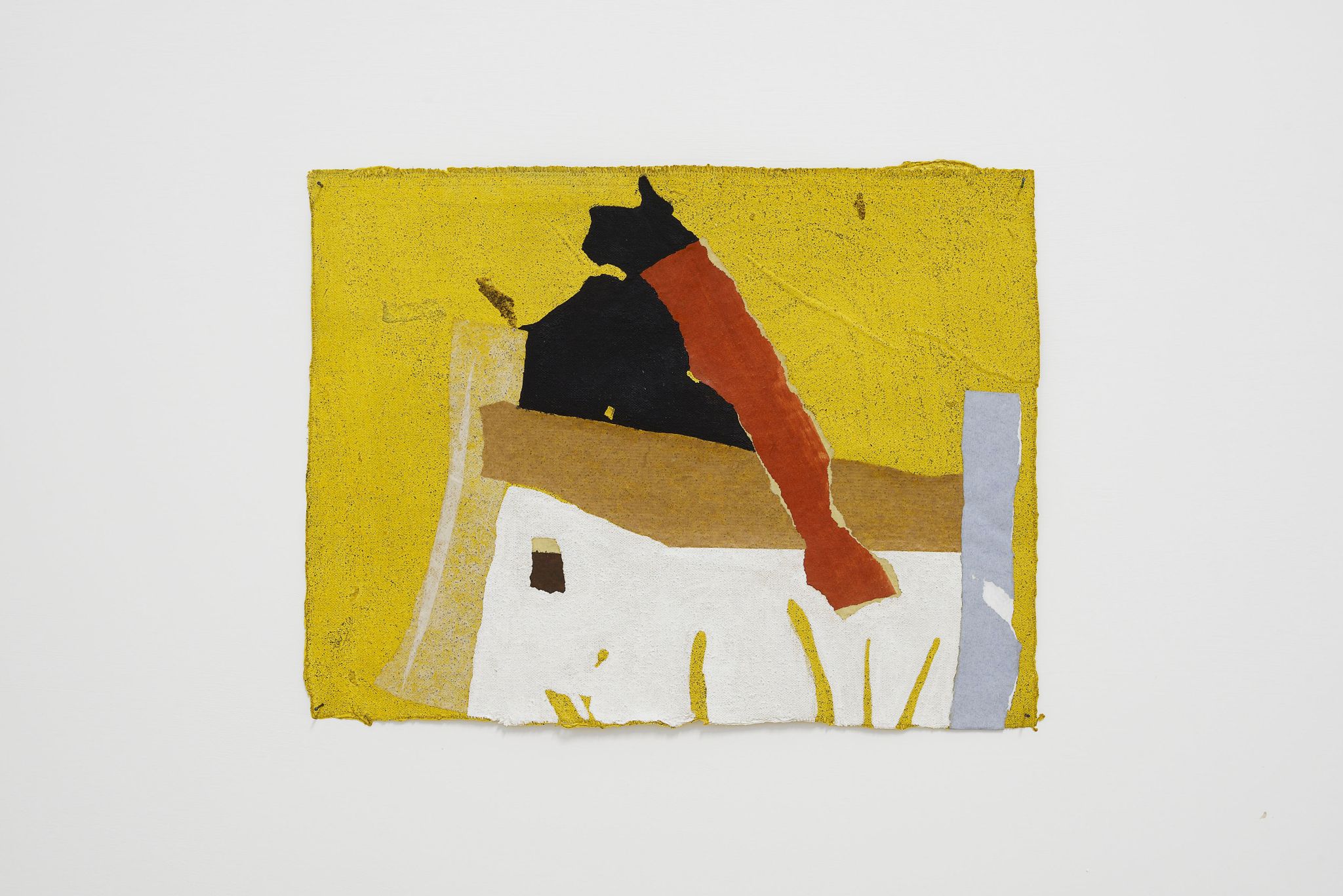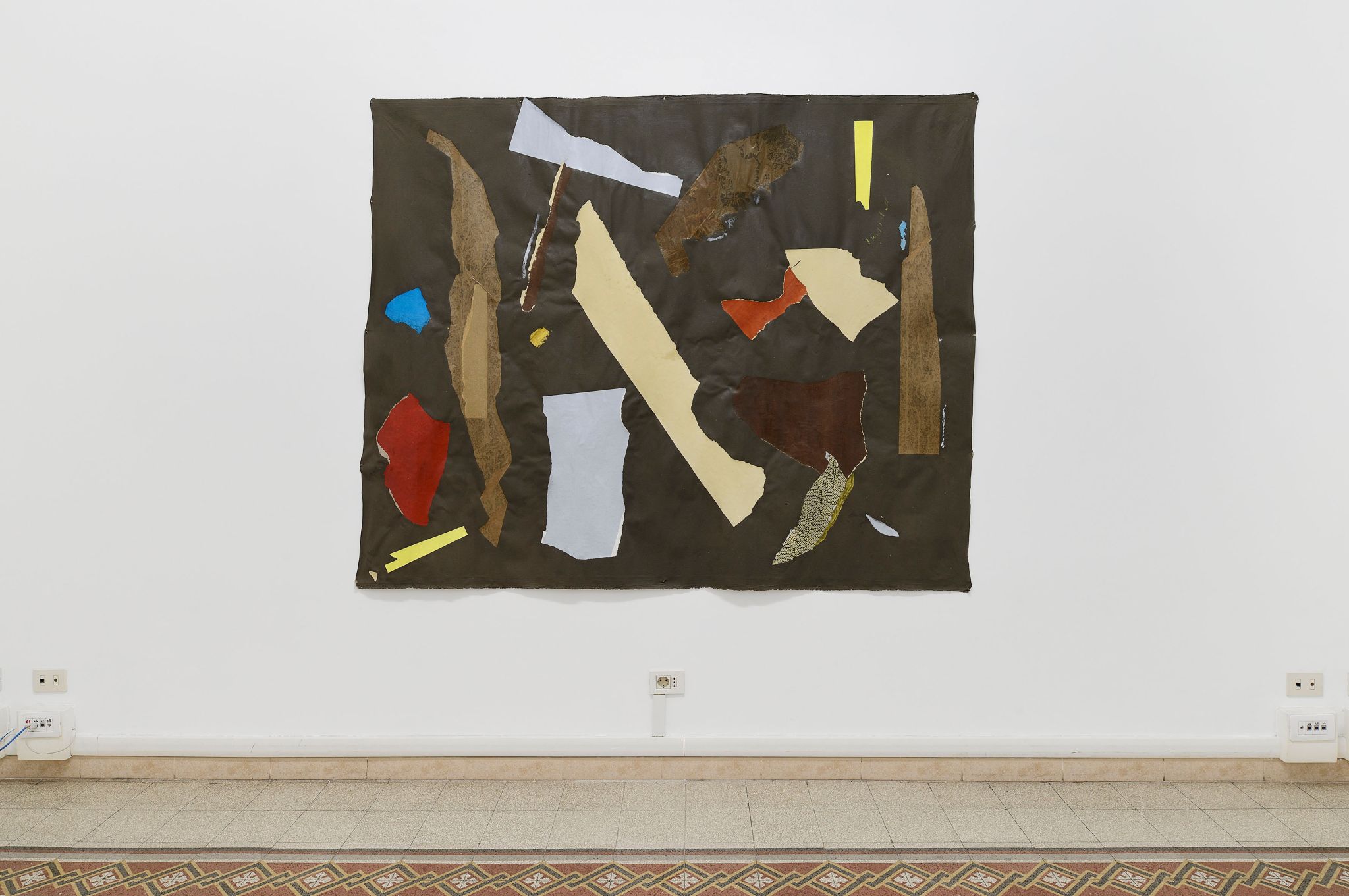I worked with Francis Offman for the first time three years ago, at the time of an exhibition at Galleria P420 inserted in Open Tour (a project for art students involving the leading institutions and galleries of the city), when Offman was taking the course in painting taught at the Art Academy by Luca Bertolo. In the planning of the exhibition, I had asked Luca to suggest some students, and (rather reluctantly) he wrote just three or four names on a piece of paper, with Francis at the top of the list. I didn’t know him, and I knew nothing about him. Luca had mentioned that Francis was from Rwanda, and spoke of the “sincerity” of the work he was developing in the course, but he said these things with the terseness of someone who believes that biographical notes and works should be kept at a proper mutual distance.
read more
I often wonder what should be revealed of the history of an artist like Offman, and the answer is almost nothing, or everything but without too much emphasis, hopefully with just a few pithy phrases. The only thing I feel I should add is another phrase, which Francis likes to repeat: “I waste nothing.” He is referring to the attitude of gathering and safeguarding: canvases and papers he may have found in the classrooms at the academy, perhaps already utilised and set aside by other students, old sheets, the tissue paper of shoeboxes, wrappers used for bread and coffee grounds collected from the pot over a time span that can last for months.
These things and his way of using them can contain direct though very fleeting references to his country of origin, though instead of revealing a political undercurrent in his work (which exists, of course, though as I was saying, I believe it is misleading to unravel it too thoroughly), they offer many indications on certain aspects of his practice, which seems to be organised around a single rule: buy nothing, and take care of waste.
The actions that go into Offman’s practice rely on encounters with evocative materials, in forms and times that may seem erratic and very long at times. The choice of papers and other materials like jute and linen, for example, is a reaction to random and extemporaneous stimuli, while the preparation of the mixture of coffee develops across a very wide time span, regulated by daily salvaging from the coffeemaker, after which only in the summer does he spread the substance in the open air to dry, then sifting it to make a blend with glue, plaster and pigment.
I realise that thus far I have described Offman’s work in a way that differs from my intentions, perhaps, lingering over only certain aspects – the biographical side and the dimension of the process that comes prior to the construction of the image – which seem to be simply a preamble to the story of his paintings.
The things I have mentioned – the mixture of coffee, plaster, different types of paper reduced to scraps and torn bits – constitute a sort of initial palette, a sampling of “colours/materials” and signs that suggest basic elements of painting (marks, brushstrokes, gestures that assert or erase) arranged and combined on a surface (canvas or paper) in a context of variability and improvisation, as can be seen in this exhibition at BALENO, which includes eight recent paintings displayed along the three rooms of the gallery space. In Offman’s works the same things combined and recombined in different ways constitute images in the form of dialogues or contrasts (sometimes true battles) between different fields and tones – misty, powdery and earthy, or warm, bright, shrill – capable of dilating and expanding, of reciprocal thrust or compression.
Once the image has been organised as an encounter between heterogeneous materials/elements, a new range of gestures interacts with them. The brush reconfigures and rebalances, underscores and amplifies, consuming and exhausting a rugged, layered surface with irregular, frayed contours. In this way, the surfaces – canvas or paper – thicken due to continuous additions and accumulations, and take on a vaguely rigid form that generates a contrast with the volatile appearance – like standards, tapestries or banners – with which they enter the space, paintings without stretchers or support structures, with a material life that fastens into the surface, impregnating it with time, with a past and a present that collide and intermingle.
***
Offman’s paintings are undoubtedly abstract. But they can make vague allusions to landscape (with certain yellows, browns and greens that suggest the vitality of the earth, or certain blues that are wedged into things like fragments and portions of sky and waterways), but there is nothing – a horizon line, a reference to definite figures – that can really characterise them as such. Let’s put it this way: Offman’s works are abstract, but for me they seem to evoke, though without description, the image of an exuberant and contrasted landscape, a landscape of continuous movements, tremors and telluric subversions.
In one of the paintings of this show I have observed at great length (Untitled, 2018), for example, a rip, a scrap taken from a bread wrapper, like a final gesture that denies or erases, or like a sign that refuses to find a precise location, issuing slightly from the perimeter of the surface, suspends the image in a sort of perpetual unfinished state. In another one of the pieces in the show (Untitled, 2019), where the rips seem to float on a brown background, ready to combine and accumulate at the center or to scatter themselves at the borders, the image prompts the same sense of lack of resolution, with the deep brown that seems to underscore and underpin irreparable fractures. Something irreparably crooked.
Text: Davide Ferri
Photos: Roberto Apa © Baleno International, Rome
Courtesy the artist and Baleno
